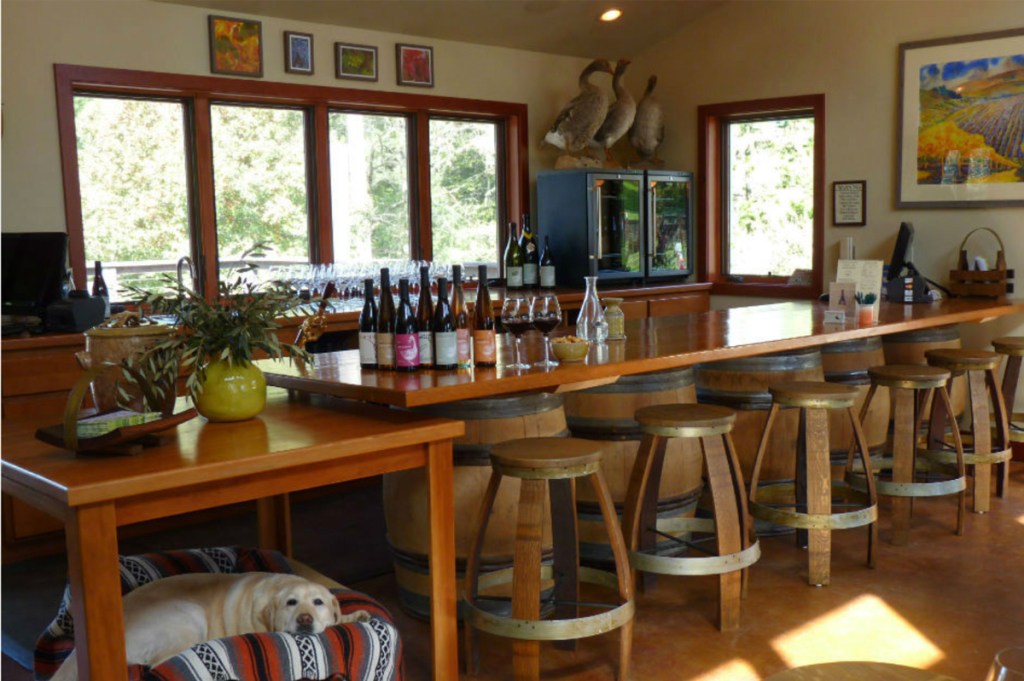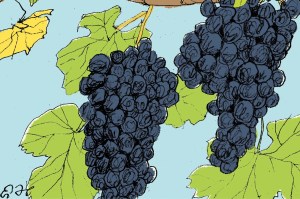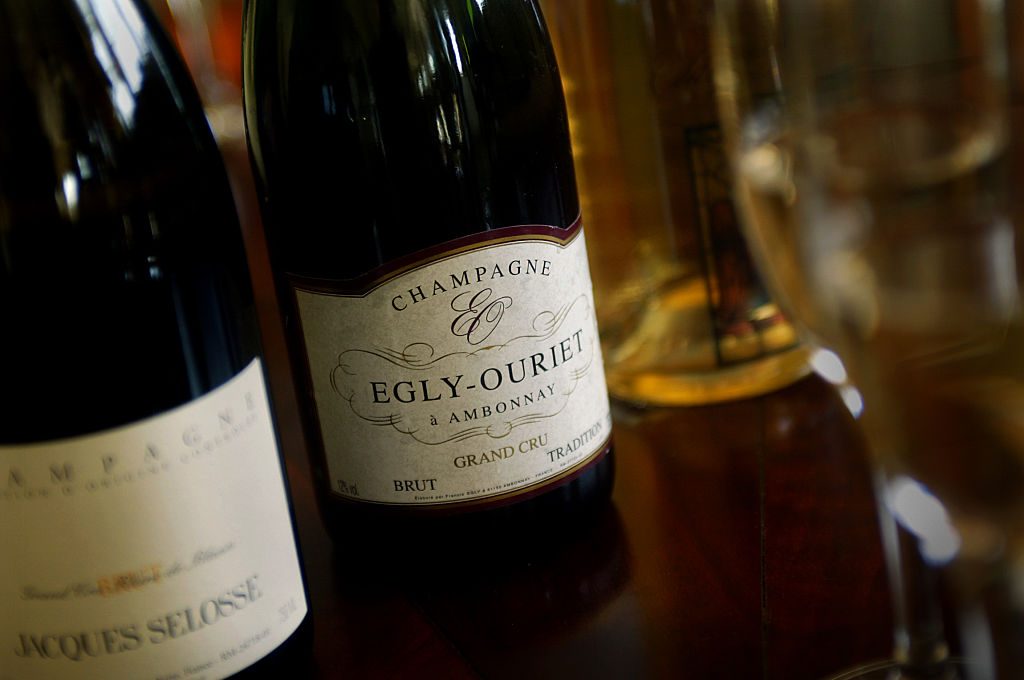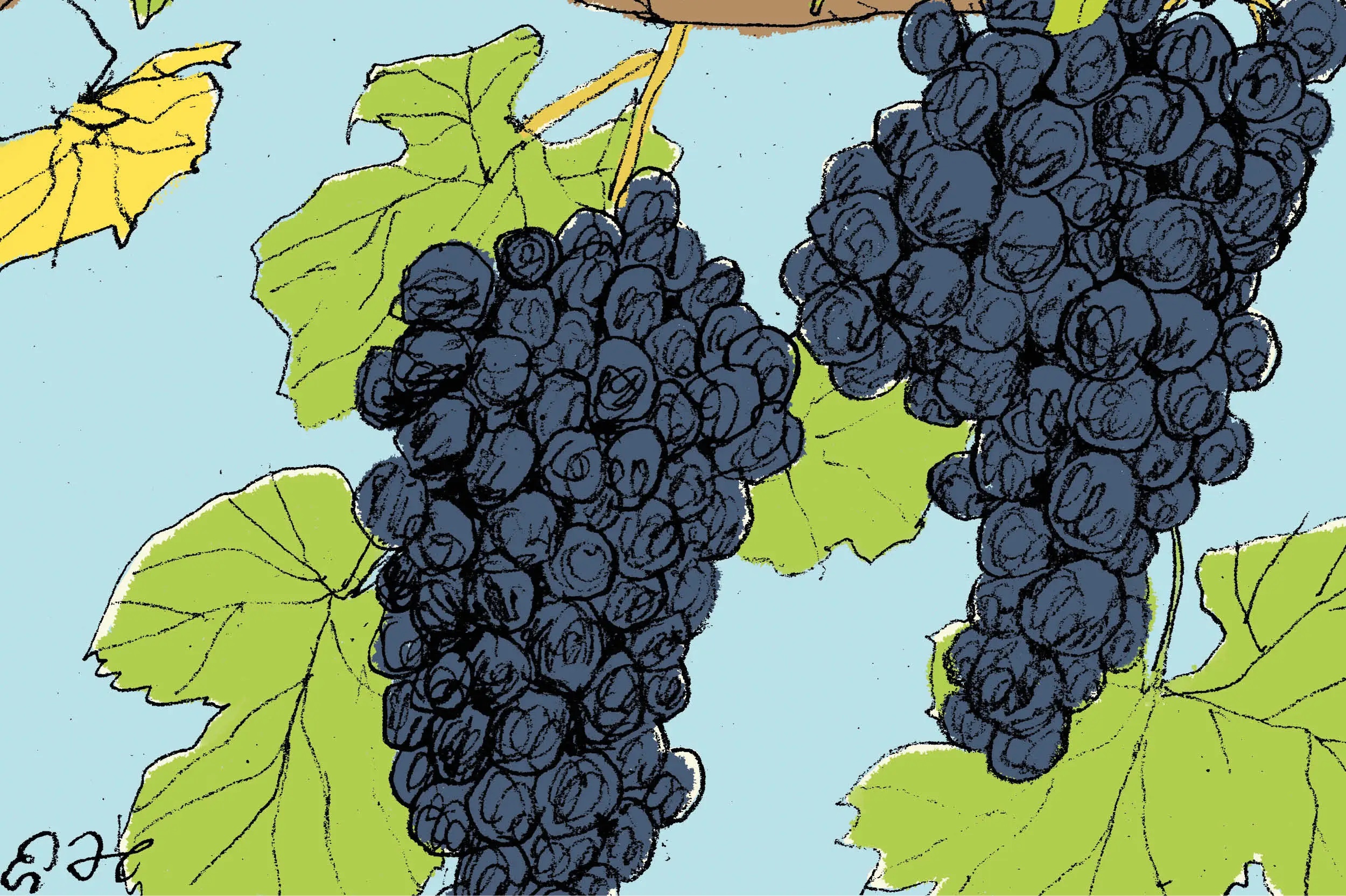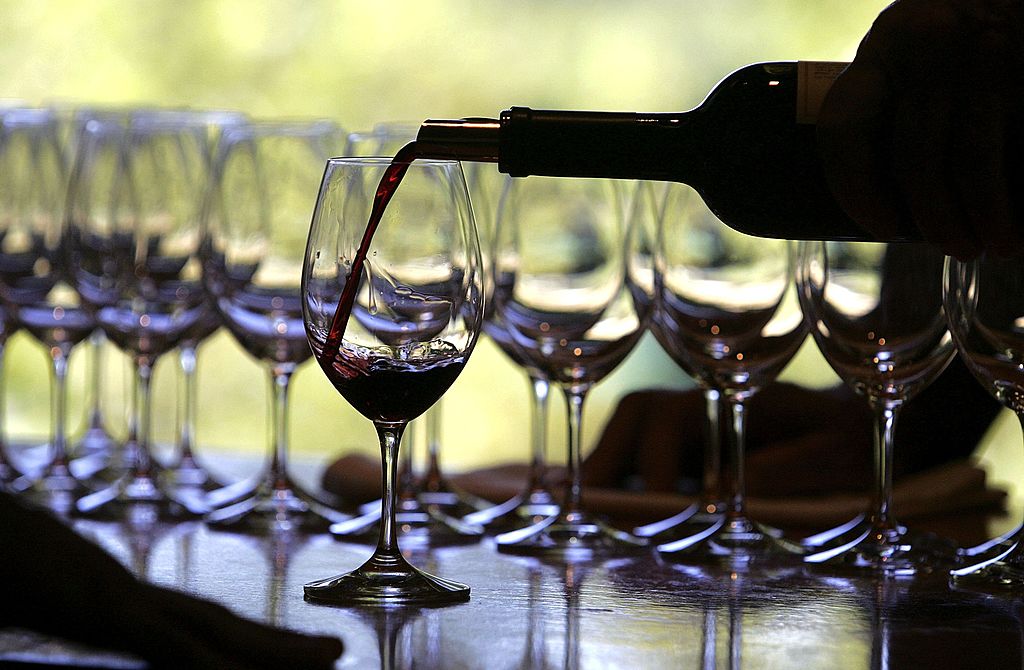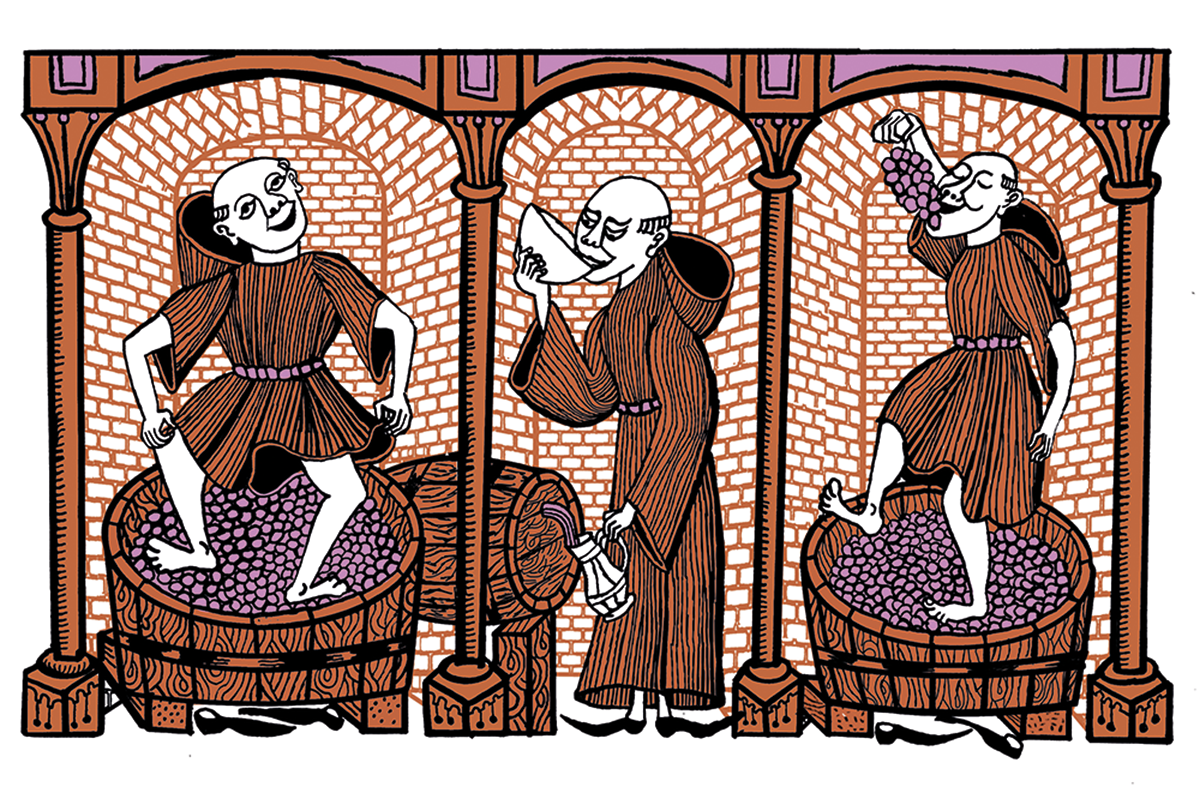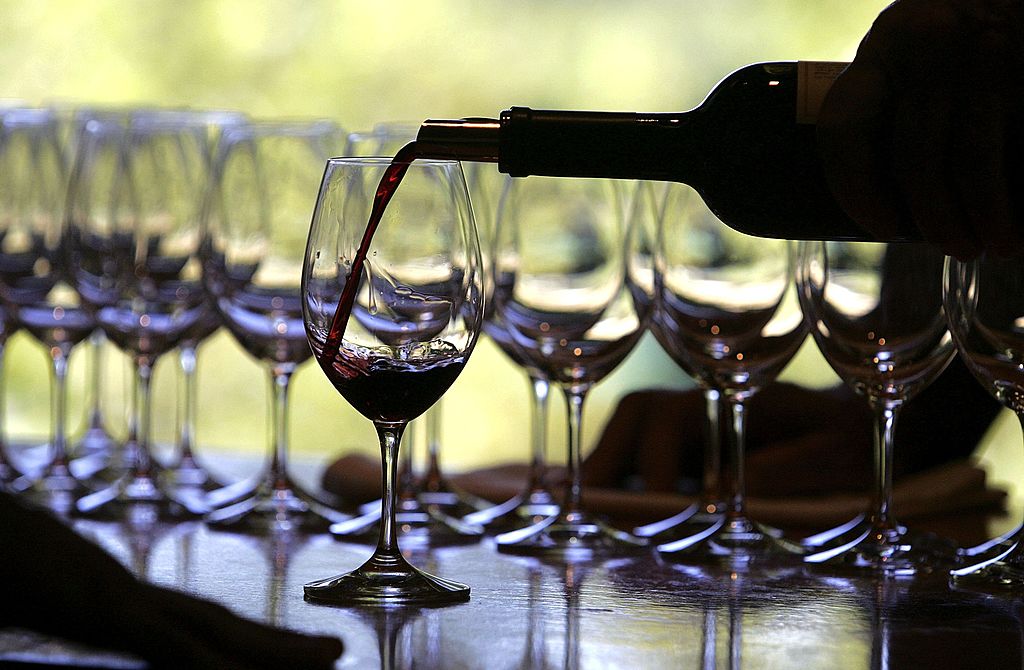I like vintners with a sense of humor. When Vern and Maxine Boltz retired — he from the Oakland Fire Department, she from flying the friendly skies of United — they decided to try their hands at making wine. That’s intrepid, not necessarily funny. But in 1997 they found a sweet parcel of 160 acres above the Navarro River in the Anderson Valley of Mendocino County and started planting. ‘Go forth and multiply,’ they said to the grapes and the grapes (Pinot Noir, mostly) did just that. In 2002 they produced 400 cases for sale and Toulouse Vineyards was launched. ‘Toulouse’? Yes, they reasoned, ‘What to do we have to lose?’
Fair warning: their publicity deploys variations of that homophonic witticism early and often. The Toulouse Goose, a sort of mascot, waddles in and out of the narrative too.
Toulouse Vineyards is a small, family run operation. Pinot Noir (rosé as well as red) is at the center of their universe, but they also do a Merlot, a Gewurztraminer, a Riesling, a Zinfandel (this is California, after all) and a Valdiguié, a varietal from the Languedoc that I’d never heard of either. They also make an aromatic Vermouth that is a perfect accompaniment to Ogden Nash’s poem about Martinis. It begins:
‘There’s something about a Martini
A tingle remarkable pleasant
A mellow, a yellow
Martini I wish I had one at present’
The conclusion of Nash’s ditty may be true of Martinis, but it unfairly slights Gin’s chipper partner:
‘There’s something about a Martini
Ere the dining and dancing begin
And to tell you the truth
It’s not the Vermouth
I think perhaps it’s the Gin.’
True, too true, but don’t forget the more relaxed, open-air pleasures of a glass of good vermouth, over ice, with a slice of citrus on a hot summer day.
But I digress. I am really here to talk about the wines. The Committee tasted five wines. We started with the 2019 Estate Pinot Noir Rosé. Like all the wines we tasted, this one seems slightly at odds with its varietal. Close your eyes; have a sip. Would you guess Pinot Noir? I wouldn’t. Which is not to say this beautifully pink-orange wine isn’t delicious: it is. At 13.6 percent alcohol it is also robust, just this side of hot.
What makes this rosé distinctive is its richness. The winemakers talk of hints of strawberry, which I think is right, but there is also a fulness that emerges once the wine has been open a while. (A slight petillance was present when we first opened the bottle, but it dissipated quickly.) A biddable and refreshing wine that is reasonably priced at $24.
Next up was the 2019 Gewürztraminer, also $24, which was minerally but with sharp floral hints: grapefruit was what most of us discerned. An aromatic and refreshing wine that, again, seemed more reminiscent of its varietal than definitive. A dry, crisp yet flavorful wine that is food-, especially seafood-, friendly.
[special_offer]
The 2016 Toulouse Merlot, $32 a bottle, was grown in Sonoma Country. It is a deep crimson wine — Harvard after a long night out — as much ruddy as ruby. The wine is complex with jammy red-fruit notes, yet it is not ‘big’ in the way many California reds are big. No one would mistake it for a French Merlot, but it has a clarity supported by sumptuous mouth feel that also sets it apart from many California Merlots.
Finally, two Pinot Noirs, the 2016 Anderson Valley Pinot Noir at $42, and the 2016 Estate Pinot Noir at $50 a bottle. Both are robust wines, with alcohol at 14.5 percent and 14 percent respectively, and both are delicious, full-fruit wines. The estate Pinot is noticeably more complex and has a more cleanly organized palette, but both come with a food-friendly fruitiness that is rich but not cloying — also not quite what I think of as Pinot Noir.
Another California winemaker suggests that Pinot Noir ‘should be approached like a beautiful woman — with respect, some knowledge, and great hopes’. That’s doubtless good advice and I note that part of respect is an openness to individuality. These Pinots, like all the Toulouse wines I’ve tasted, have a marked personality. They are pleasant, approachable, satisfying and individual. They are also attractively priced. You can order some online at toulousevineyards.com.



